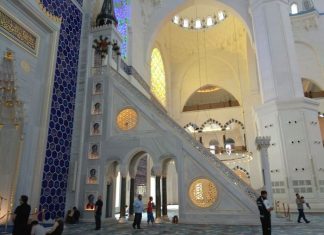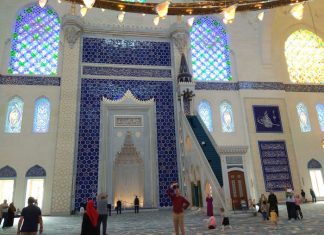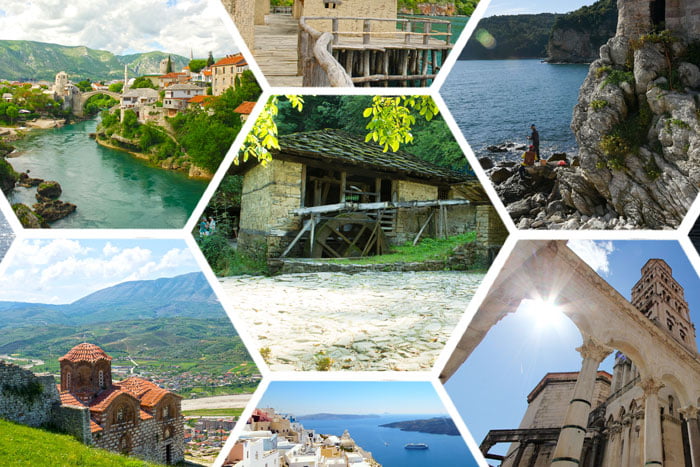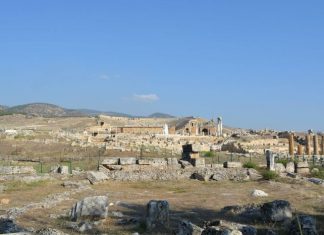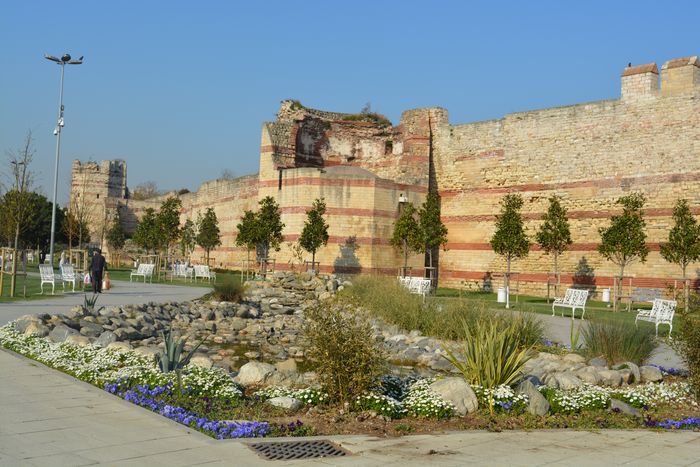Distinctive Symbols on Ottoman Tombstones
Exploring the Meaning Behind Engravings
Symbolic Trees Life and Immortality
The foot sahides of Ottoman tombstones often feature engravings of trees. Prominent among these are roses,...
Ottoman Tombstone Symbols
Turkish Graveyard Traditions through the Ages
Evolution of Tombstone Art
The tradition of planting gravestones in Turkish graveyards dates back to ancient times. Initially serving the...
Preserving Troy’s Heritage
“Dus ve Gercek Troia”
Exhibition Overview
“Dus ve Gergek Troia” unfolds across 486 pages, presenting a monumental collection of Troy artifacts sourced from various museums in...

